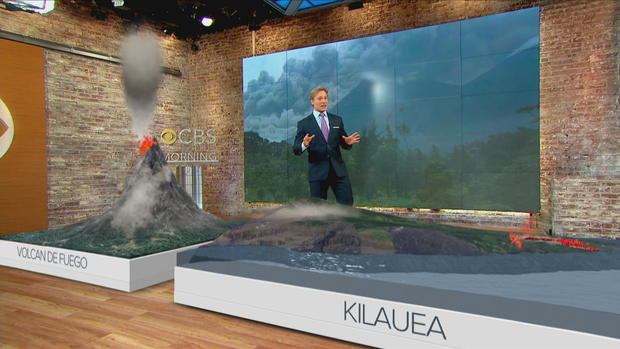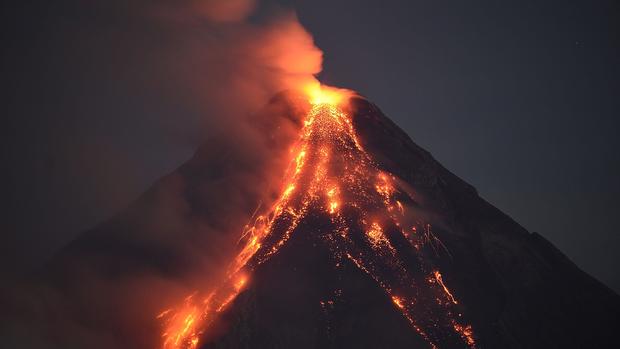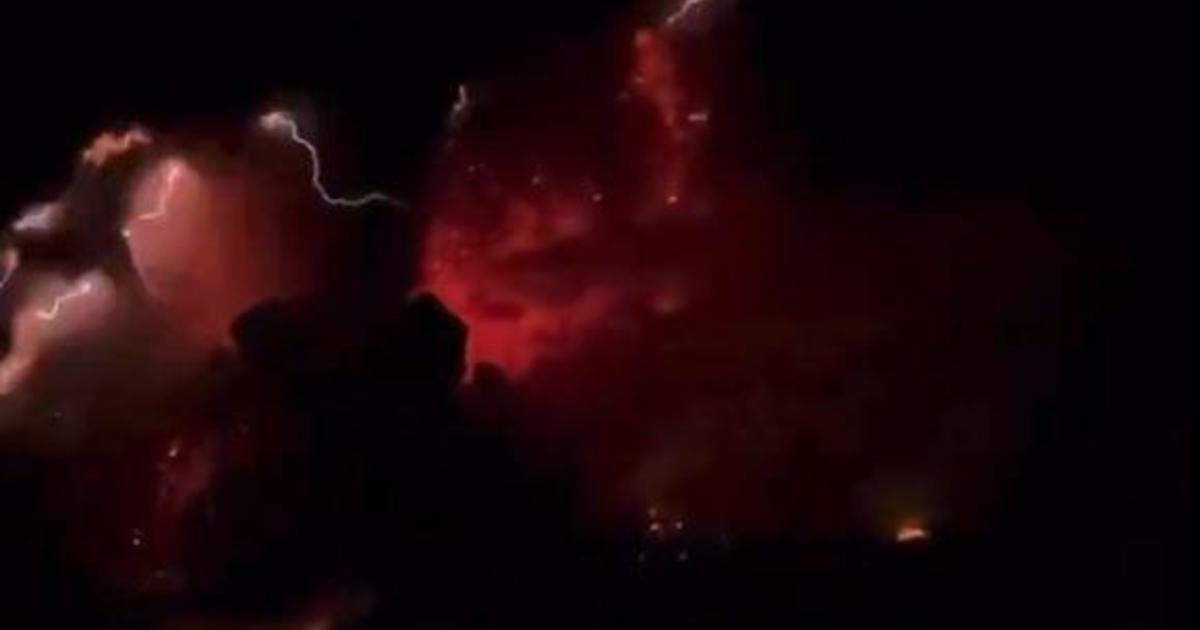Guatemala and Hawaii volcanoes: How do they stack up?
Volcan de Fuego in Guatemala and the Kilauea volcano in Hawaii actually don't share much in common. Yes, they're both volcanoes, but, as CBS New York chief weathercaster Lonnie Quinn explains, Volcan de Fuego is a composite volcano and Kilauea is a shield volcano.
Volcan de Fuego, or "volcano of fire," looks like a typical volcano, steep and 12,346 feet tall. The eruptions are explosive, with ash blown about 47,000 feet in the air out of the main vent. That ash combines with hot gas and rocks to create a pyroclastic flow that can pour down the mountainside at over 50 mph. Think of it as a flash flood filled with rocks and ash speeding down the mountain at over 50 mph.
Outrunning it is impossible. People die when they can't escape it because it burns or destroys everything in its path. It eventually hardens into a dense mud.
Kilauea, on the other hand, is very wide but only around 4,000 feet tall. Most of the eruptions happened as lava traveled 30 miles underground, breaking through the earth at more than two dozen fissures. The lava has been fountaining about 250 feet high because the pressure is spread out. It has a consistency like maple syrup, traveling at under a half mile per hour. It hardens into a heavy rock.
One thing they both have in common? The danger isn't over yet. At Volcan de Fuego, if it rains, that is going to push the dense volcanic mud down steep terrain causing mudslides called "lahars." At Kilauea, the eruption continues. Scientists think they could keep going for another month or two.





